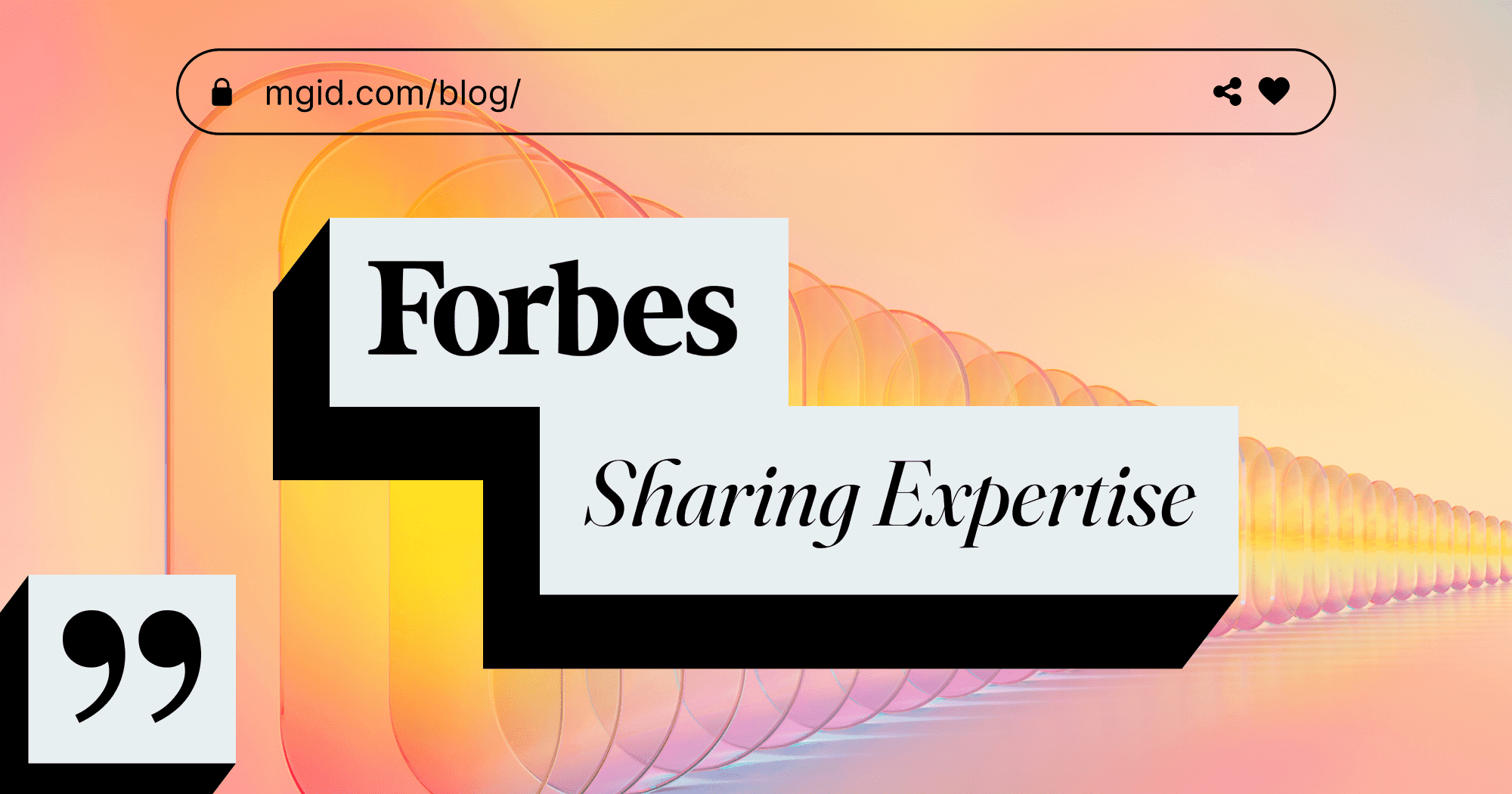Campaigns rarely fail in obvious ways. Most begin with a promising lift: Engagement is high, click-through rates spike, and the media plan is working as expected. But within a matter of days, the momentum slows. Performance drops aren’t usually dramatic at first, which is precisely what makes them so tricky to catch. There’s no single warning sign, no urgent alert — just a steady erosion of effectiveness that continues until someone decides to intervene.
This slow decline is probably familiar to anyone managing performance-driven campaigns and is almost always the result of a phenomenon the industry still struggles to deal with efficiently: ad fatigue.
Despite being widely acknowledged, many advertisers continue to approach ad fatigue with outdated tools and reactive thinking. It isn’t a creative issue in the traditional sense, and it’s not a media placement problem either. Instead, it’s a systemic challenge rooted in how digital advertising is designed to operate: fast-moving, highly automated and optimized for short-term outcomes. In that environment, fatigue isn’t just likely. It’s inevitable.
The Industry Still Lags Behind The Problem
There’s a tendency across the digital ad ecosystem to interpret fatigue as a creative failure, a cue to refresh imagery or test new messaging. That instinct isn’t wrong, but it often arrives too late. The reality is that fatigue isn’t a sudden event. It’s a gradual misalignment between audience expectations, platform-specific triggers and repetitive creative exposure. And it sets in far sooner than most marketers are prepared to act on.
According to recent research by my agency, click-through rates can drop by more than 15% within the first week of a campaign launch. That’s not a minor adjustment window; it’s a structural risk to performance that occurs within days. And yet most current campaign workflows depend on periodic performance reviews or manual A/B testing cycles that offer little in the way of real-time insight or timely intervention.
Marketers may have sophisticated reporting at their fingertips, but if those reports are only highlighting past outcomes, they aren’t especially helpful in stopping fatigue before it disrupts results.
Reactivity is the Real Bottleneck
One of the most overlooked aspects of fatigue management is the gap between recognizing that a campaign is weakening and being able to address it. Marketers should make use of reporting tools that issue alerts when performance drops below a certain threshold to minimize the time it takes to respond, or decide whether it’s time to cut the losses and close the campaign. The more regularly a platform can issue reports (ideally in real time), the better able a marketer is to massage its performance.
The next step is to hurry back to the drawing board and refresh the campaign’s assets. A campaign will rarely have alternative materials ready to go in case fatigue sets in (no one wants to produce work that has a high chance of not getting used), which is why generative AI has been such a boon for marketers. A few prompts and clicks, and a batch of refreshed assets is ready to go.
This is, however, all a best-case scenario, with a nimble and proactive agency willing to work fast to fine-tune campaign performance down to the decimal. In most organizations, the process would involve requesting new assets, waiting for approvals and manually pushing refreshed creative through fragmented workflows. It’s a process built for a different era; the pace of audience behavior today doesn’t leave room for that kind of delay. When attention wanes, the window to course-correct is short.
Then, there’s the simple reality that this level of effort and the costs associated with it are simply out of reach for most performance campaigns, where every dollar is squeezed and scrutinized.
What we have is a data-heavy problem that demands immediate response while minimizing workload and cost. In other words, it’s the perfect puzzle for AI to solve. By automating each step of the process, AI-powered advertising platforms can take an optimization that was once out of reach and make it possible for a digital campaign.
When the fatigue threshold is hit, a generative AI model can automatically suggest a range of alternative creatives, using insights from predictive models to determine which assets are most likely to grab attention. Instead of a back-and-forth approval process, the marketer has to simply select a replacement, and it’ll be live in moments with no interruption to the campaign. If performance doesn’t tick up, then more assets are a few clicks away.
This isn’t rote A-to-B automation, either. The data-crunching capabilities of current AI technology mean its decisions can be based on an array of audience signals and client parameters. Engagement data, contextual data, campaign key performance indicators, user location, past behavior, devices, prior performance — anything that can steer an AI tool toward a better decision can be layered in and activated with minimal effort on the client’s part.
Building Campaigns That Can Sustain Themselves
The goal isn’t to eliminate fatigue altogether. Fatigue is going to happen. But the response to it doesn’t have to be slow, expensive or disruptive. Advertisers need systems that help them act while campaigns still have momentum, not when outcomes are already in free fall.
That kind of readiness starts with rethinking how campaigns are built and maintained, leaning on machine assistance to do the heavy lifting in data processing, monitoring and asset creation. Centralize these functions within a single system, and even the most cost-sensitive performance marketer can manage fatigue because—as the AI ensures—it is guaranteed to be a value-add rather than a cost. Fatigue is just yet another signal that the platform can optimize against.
A campaign’s true staying power depends on how quickly teams can detect change, learn from it and adapt accordingly. The earlier those shifts are spotted, the more space there is to adjust and keep results from slipping away unnoticed. Humans might miss the signs and delay the response, but an all-seeing AI can keep campaigns fresh for the full flight.





